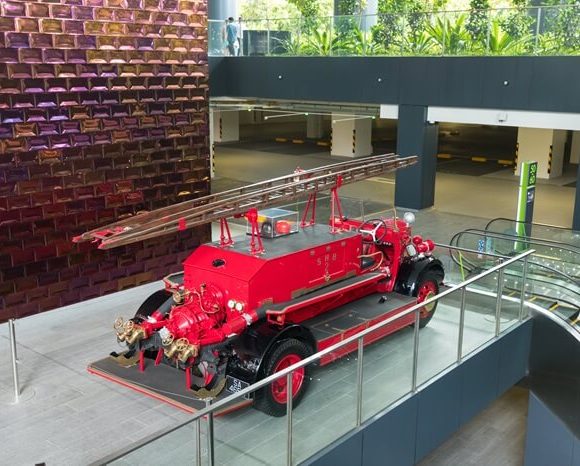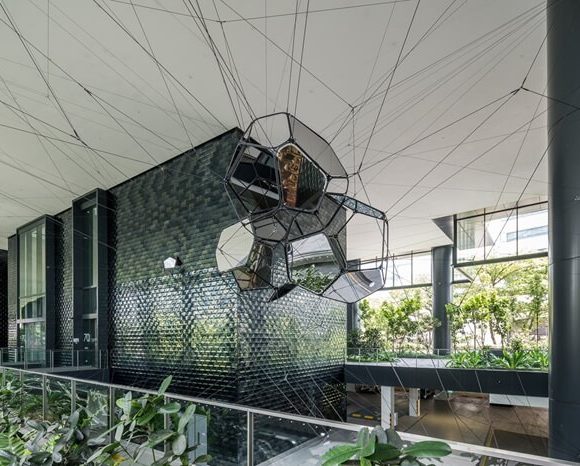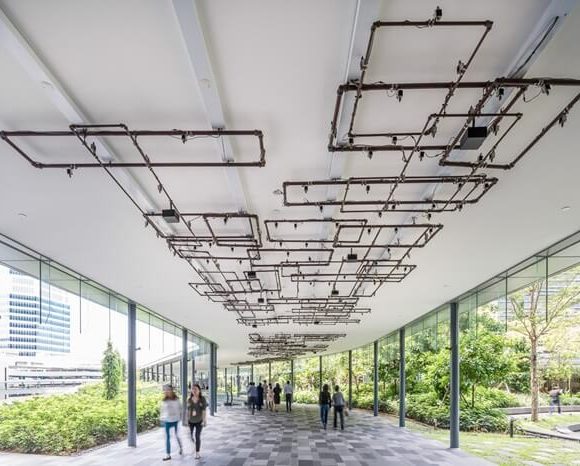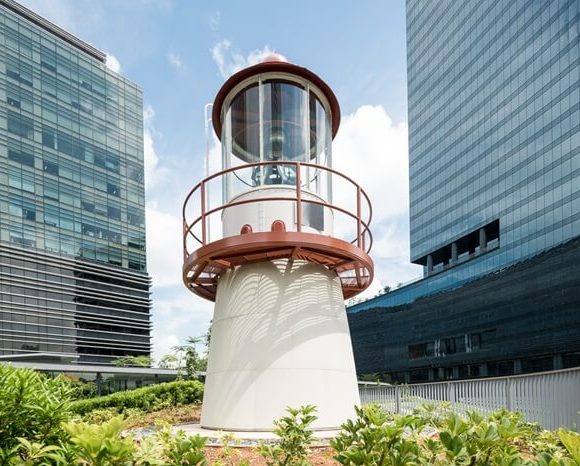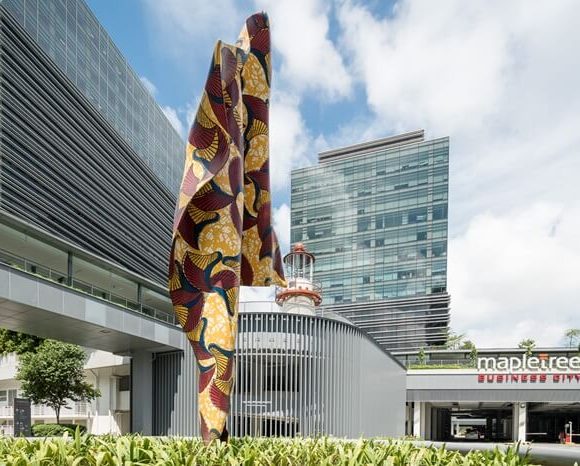About the Artefact A fire engine evokes a myriad of emotions for everyone from the young to the old. This Merryweather fire engine was one of two purchased in 1946 by the Singapore Harbour Board (the precursor to the Port of Singapore Authority (PSA) for its in-house fire brigade. It has a petrol engine and...
Stillness in Motion — 3 Airborne Self-Assemblies, 2017 Tomás Saraceno
About the Artwork Taking architecture as representation of human inhabitation, Stillness in Motion – 3 Airborne Self Assemblies is a response to the growing inhabitability of the earth. Inspired by the structure and functionality of a spider web, the work “fosters imagination towards airborne living and habitats of the future.” These utopian trajectories, informed by...
Sonic Pathway, 2017Zulkifle Mahmod
About the Artwork Sonic: Pathway engages sound as a medium for representing urban conditions in flux. The installation consists of copper pipes and an orchestration of sound made by more than 500 pieces of solenoids (electromagnets that generate a controlled magnetic field) hitting on the pipes. Accompanied by ambient sound recorded and remixed by the...
Fullerton Lighthouse, 1958Stone-Chance Ltd, England
About the Artefact First installed atop the Fullerton Building at the mouth of the Singapore River, the Fullerton Lighthouse served as a navigational aid to guide ships into Singapore’s harbour. With a revolving beacon of 540,000 candelas, light from the Lighthouse could be seen by ships up to 29 kilometres away. Commissioned on 14 December...
Wind Sculpture I, 2013Yinka Shonibare MBC
About the Artwork Wind Sculpture I examines how history and trade influence culture but also how natural elements,such as wind, still have an impact on our activities. The fabric pattern used on the work has acomplex history in its trade routes: originally designed as an Indonesian fabric and produced by the Dutch, it was sold...
- 1
- 2

